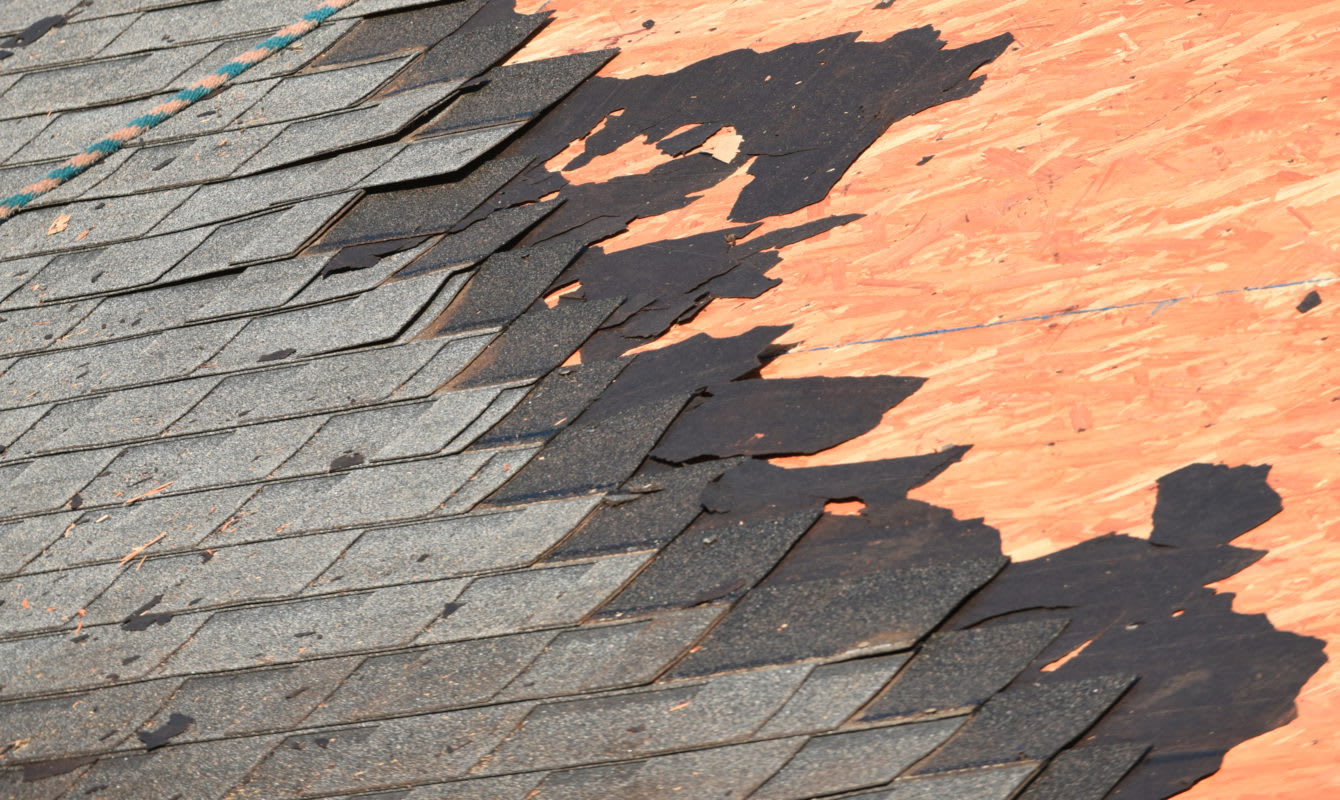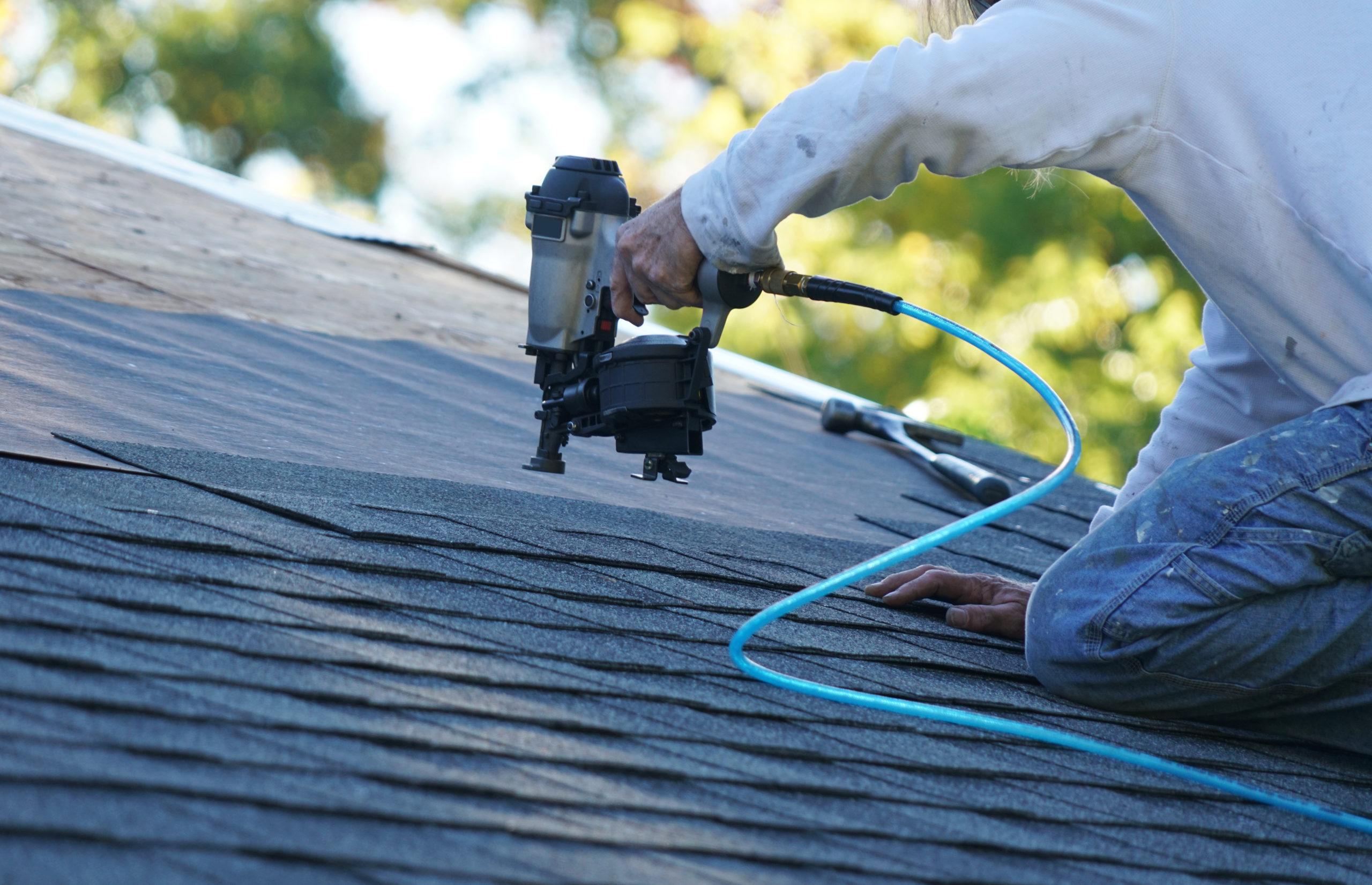How to Identify Signs That Common Roof Fixing Is Required on Your Residential Or Commercial Property
Recognizing indicators that typical roofing system repair is required on your home is crucial for maintaining the stability of your home. Routine evaluations can expose refined signs, such as missing out on or harmed shingles and the presence of granules in gutters, which may recommend degeneration. In addition, interior indicators like water spots or a sagging ceiling can be a sign of underlying leakages. Being vigilant concerning these conditions can conserve building proprietors from even more substantial problems down the line. Recognizing these indications is only the initial step; understanding their effects is equally important.
Missing Out On or Harmed Roof Shingles
One of the most noticeable signs of potential roofing system problems is the presence of missing out on or harmed tiles. These components offer as the initial line of protection versus the components, and their integrity is critical for maintaining the total health and wellness of a roof. When tiles are missing, broken, or crinkled, it subjects the underlying layers of the roof covering to moisture and environmental damage, resulting in more serious complications gradually.

It is necessary to conduct routine assessments, particularly after extreme weather events such as tornados or hail storm. Home owners must try to find indicators of wear and tear, consisting of staining, granule loss, or noticeable wear along the sides of the tiles. Additionally, the existence of busted or warped shingles can interrupt the aesthetic charm of a residential or commercial property and might signify an immediate need for repair services.

Leaks and Water Spots

Recognizing leakages and water discolorations is critical for maintaining the honesty of a roof covering. These indications usually signal underlying issues that, if left unaddressed, can lead to substantial architectural damages and expensive repair work. Water stains normally appear as stained patches on ceilings or wall surfaces, commonly with a yellow or brown color, showing that wetness has penetrated the roof covering product.
To successfully examine for leaks, examine both the exterior and interior of your residential property. Inside, try to find any indicators of water damages, such as sagging ceilings or peeling paint. Outdoors, analyze the roof for missing out on shingles, harmed blinking, or any infiltrations where water may penetrate. Pay close interest to areas around vents, chimneys, and skylights, as these prevail resources of leaks.
In addition, check your attic room for evidence of wetness or mold and mildew growth, which can further suggest roof covering leaks. If you see persistent leakages or water stains, it might be wise to seek advice from a professional roofer. Early recognition and timely repair of leaks can aid preserve the life expectancy of your roof covering and prevent more substantial damages.
Moss and Algae Growth
Moss and algae development on a roof can significantly jeopardize its efficiency and long life. These microorganisms flourish in moist, shaded locations, typically bring about a variety of issues if left untreated. Moss, specifically, can retain moisture against roof products, which can add to the damage of shingles and underlayment. In time, this moisture retention can cause timber rot and mold and mildew development, possibly causing pricey repairs.
Algae, on the various other hand, mostly materializes as dark streaks on the roof covering surface area. While it may not create instant structural damage, algae can signify underlying problems such as trapped dampness. Furthermore, the presence of algae can lessen the visual charm of a home and may lower its market value.
To address moss and algae development, it is vital to carry out normal roofing system inspections, especially after periods of hefty rains. Professional cleaning company can securely eliminate these microorganisms utilizing specialized approaches that do not harm roof products. Preventative steps, such as making certain appropriate water drainage and trimming looming branches, can also alleviate future development. By preserving a tidy roof, property owners can prolong the life find more expectancy of their roof covering system and maintain their financial investment.
Drooping Roof Covering Deck
The presence of moss and algae on a roofing system can suggest underlying problems that might lead to much more severe troubles, such as a drooping roof covering deck. honolulu roofing. A drooping roofing deck signifies architectural weak point and must be attended to without delay to avoid more damages. This condition frequently occurs from prolonged moisture exposure, which can weaken the supporting frameworks, consisting of rafters and trusses
To determine a drooping roofing deck, check the roofing system from both the exterior and interior. Seek visible dips or depressions in the roof surface, along with indicators of he said water damages, such as discolored ceilings or wall surfaces. Interior assessments may disclose a bowing look in the roofline or splits in the drywall.
An additional crucial aspect to observe is the positioning of roofing system features, such as smokeshafts and vents. If these elements appear misaligned, it might suggest that the roofing system deck is shifting.
If you identify any kind of signs of drooping, it is vital to get in touch with a qualified roofing specialist. They can examine the extent of the damage and advise needed repair work to restore the roof covering's structural honesty, making sure the security and long life of your building.
Granules in Rain Gutters
In the middle of routine roof upkeep, finding granules in seamless gutters can act as an essential indication of impending roofing issues. Roof covering granules are the protective layer on asphalt shingles, created to shield them from UV rays and weather condition damages. Over time, direct exposure to the elements can trigger these granules to loosen up and get rid of, causing significant degeneration of the roof covering material.
The visibility of granules in gutters commonly shows that your shingles are nearing the end of their life-span or have actually experienced damages from extreme weather conditions. If you observe a substantial accumulation of granules, it is important to investigate even more. Check your roof covering for indicators of bald spots or discoloration, which can suggest that the roof shingles are failing.
In addition, think about the capacity for water infiltration. As roof shingles shed their granules, they come to be more susceptible to her explanation leaks, resulting in costly interior damage. Normal examinations and punctual fixings can aid mitigate these threats. If you consistently find granules in your rain gutters, seek advice from a roof expert to evaluate the condition of your roofing system and identify if repairs or a substitute are necessary. Early intervention can conserve you money and time over time.
Conclusion
Indications of a drooping roofing deck and the visibility of granules in rain gutters should not be overlooked, as these aspects might contribute to considerable wear and tear and costly repairs. Aggressive assessment can reduce potential damages and expand the life-span of the roofing.
Comments on “Leading Honolulu Roofing Contractors for High Quality Roof Covering Installations”